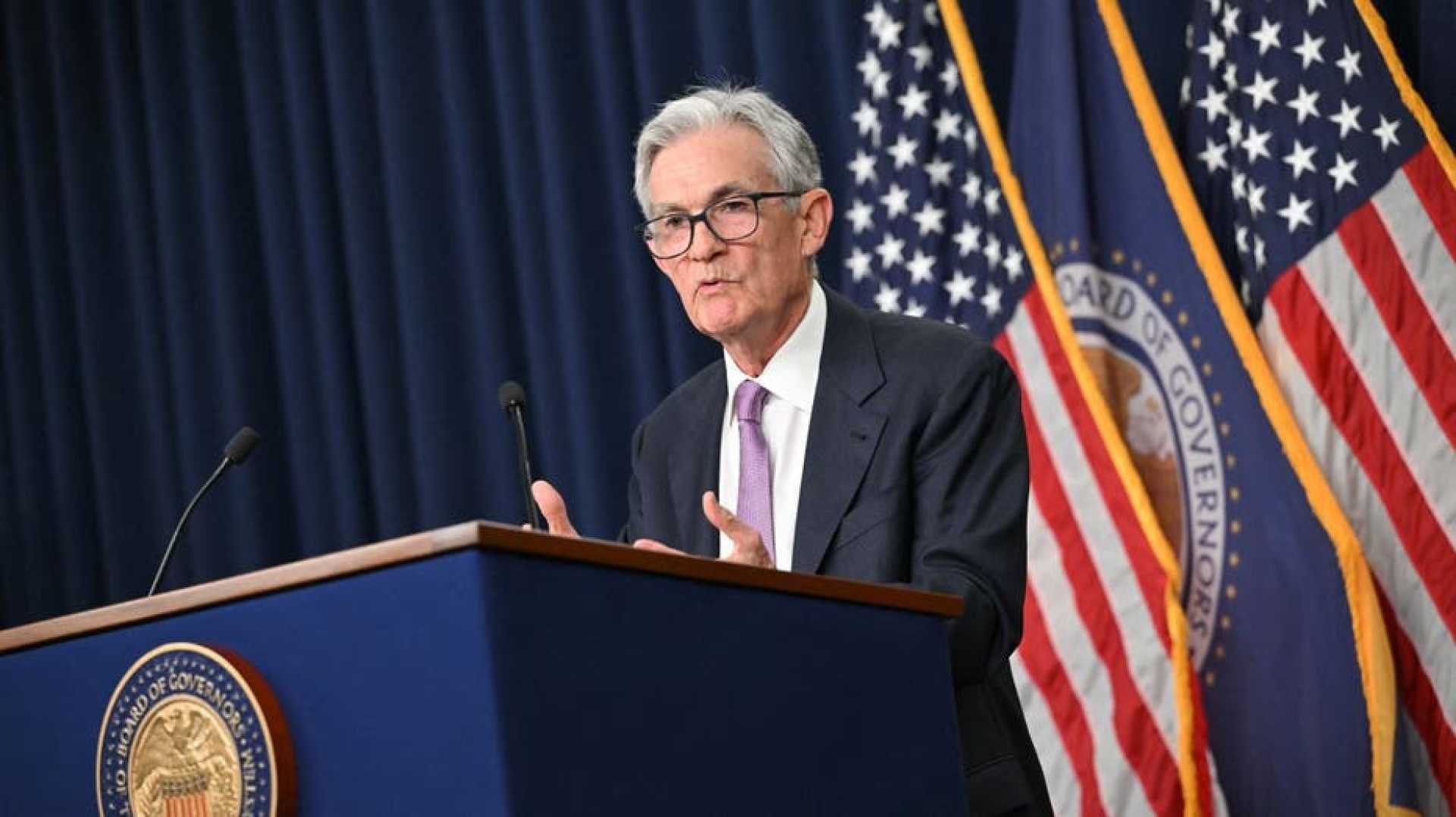News
Federal Reserve Moves Forward with 50 Basis Point Rate Cut Amid Economic Uncertainty

WASHINGTON – In a significant move, the Federal Reserve decided to reduce interest rates by 50 basis points during its September meeting, marking the first instance of such a substantial cut in over four years. The decision, revealed in the minutes released on Wednesday, was seen as a balancing act between managing inflation expectations and concerns over the labor market.
According to the minutes, Federal Reserve officials were divided on the size of the cut, with some members advocating for a smaller, quarter-point reduction. This group believed a more modest cut would allow them to assess economic conditions more thoroughly without making a preemptive move. Governor Michelle Bowman was the sole dissenting voice, preferring a smaller rate cut, but several others also expressed support for this approach.
This marked the first time since 2005 that a Federal Reserve governor dissented on a rate decision. At the meeting, officials supporting the 50 basis point cut argued that this adjustment would better align monetary policy with recent indicators of inflation and the labor market. Further, they believed it would sustain economic and labor market strength while driving progress toward inflation goals.
The minutes underscored that this cut should not be interpreted as a negative economic forecast or imply a quicker pace of policy easing than assessed by the participants. Chair Jerome Powell highlighted in a post-meeting news conference that the cut was a “recalibration” rather than a response to economic slowdown concerns. Powell reiterated the economy was strong, with growth and inflation rates remaining stable, and the labor market robust.
Recent economic data, however, suggested a stronger-than-anticipated labor market, which could influence future Federal Reserve decisions. September’s nonfarm payrolls revealed an increase of 254,000 jobs, while unemployment dipped to 4.1%, slightly better than expected. These figures tempered some market expectations of another aggressive rate cut in November, with futures markets now suggesting a more cautious approach.
The minutes indicated that a “substantial majority” of Federal Open Market Committee participants favored the large cut. However, they also stressed that future rate adjustments would rely heavily on forthcoming economic data. The next potential indicator, the September Consumer Price Index, is expected to provide further insight into inflation trends and possibly shape the course for subsequent Federal Reserve meetings.
Despite ongoing speculation, the Federal Reserve maintained that its decisions would continue to be made on a meeting-by-meeting basis, contingent upon macroeconomic indicators. This emphasis following the September decision reflects the Federal Reserve’s cautious and data-driven approach amid a dynamic economic landscape.












